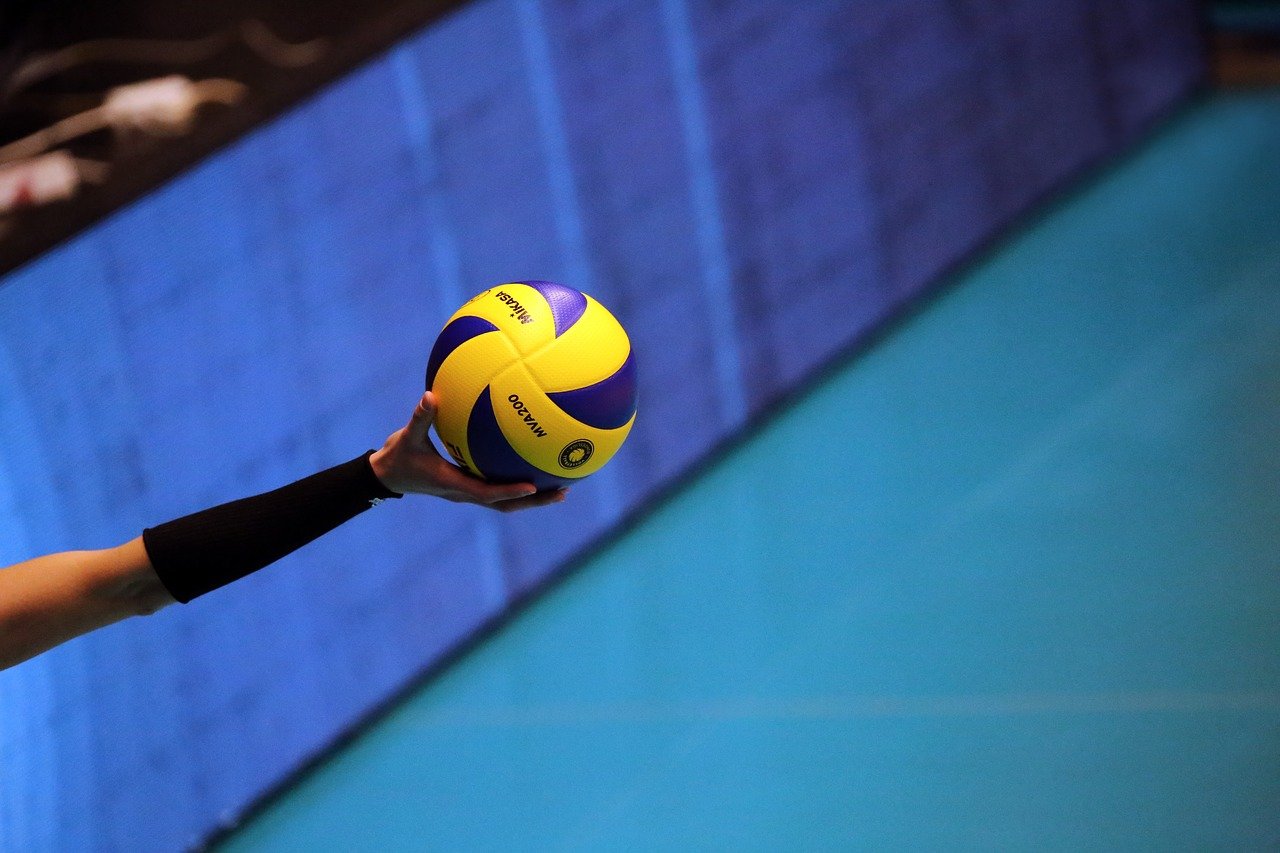
You might have found yourself at a volleyball match once or have watched a sports anime and did not understand a thing. At games, players, referees, and coaches will usually throw around words like ace, dig, and four-two. For those unfamiliar with the sport, some terms can get a little confusing.
From slang to scoring, this list of volleyball terms and definitions will guide you on your sports journey. Keep on reading for a game start!
What is volleyball?
The first term we need to define is volleyball itself. Volleyball is a ball sport where two teams go against each other. A game usually occurs on a volleyball court, where a net stands in the middle.
The objective of the game is for players to hit the ball across the net toward the opposing team. A team scores if the ball falls to the ground. While trying to score, players must also defend their own side of the court from similar attacks. This makes volleyball a highly strategic game. It is both offensive and defensive.
Volleyball was first played in Massachusetts in 1895. YMCA physical education director William G. Morgan took inspiration from badminton, baseball, and tennis. He combined the nature of these games and created “Mintonette.”
In 1896, people started calling the game “volleyball” from the phrase “volley ball.” It grew popular, with the sports company Spalding publishing rulebooks and manuals in the early 1900s.
By 1964, volleyball was officially part of the Summer Olympic Games. Over the years, variations of the game came about, such as beach volleyball and sitting volleyball. Today, it continues to be a sport that many love to play and watch.
What are the players in a volleyball team called?
The players in volleyball also have unique names, which are some of the first volleyball terms that players and fans learn about.
In a volleyball team, there are seven positions. These are the setter, outside hitter, opposite hitter, middle blocker, libero, defensive specialist, and serving specialist. They rotate around the court, so they stand in different places during the game.
Some roles of these positions overlap with one another. However, some also have unique roles that only they are solely responsible for.
Outside Hitter
The outside hitter takes care of the left side of the court by hitting and blocking any attacks that come their way. When rotation occurs, they also pass and defend from the back row. This means that the outside hitter needs to be skilled in hitting, passing, and blocking.
Other names for the outside hitter include “OH,” “outside,” “pin,” and “left side.”
Opposite Hitter
In contrast to the outside hitter, the opposite hitter hits from behind the setter. They are also in charge of hitting, passing, and blocking. However, they stand opposite the outside hitter to cover more ground.
This is why the opposite hitter is also called right side. Other names for the opposite hitter include “OPP” and “pin.”
Setter
Once a ball enters your team’s side of the court, your team only has three chances to touch the ball. First, a player receives the ball. Then, the setter takes the second ball and passes it to one of the hitters for the third touch and attack.
The setter makes the decision for the team when it comes to attacking. This is why people refer to the setter as the quarterback in volleyball. The setter is also responsible for defending. When they are in the front row, they are in charge of blocking the opponent’s outside hitter.
People also refer to the setter as “S.”
Middle Blocker
When the setter passes the ball to the middle of the court, the middle blocker makes the final attack. Aside from being the team’s best blockers, the middle blocker is in charge of hitting fast-tempo sets.
Fast-tempo sets refer to quick attacks where the setter sets the ball in a low arch for the middle blocker to quickly hit or spike. These sets are difficult to make, so middle blockers don’t attack as often as outside hitters.
Other names for the middle blocker include “middle hitter,” “middle,” and “MB.”





